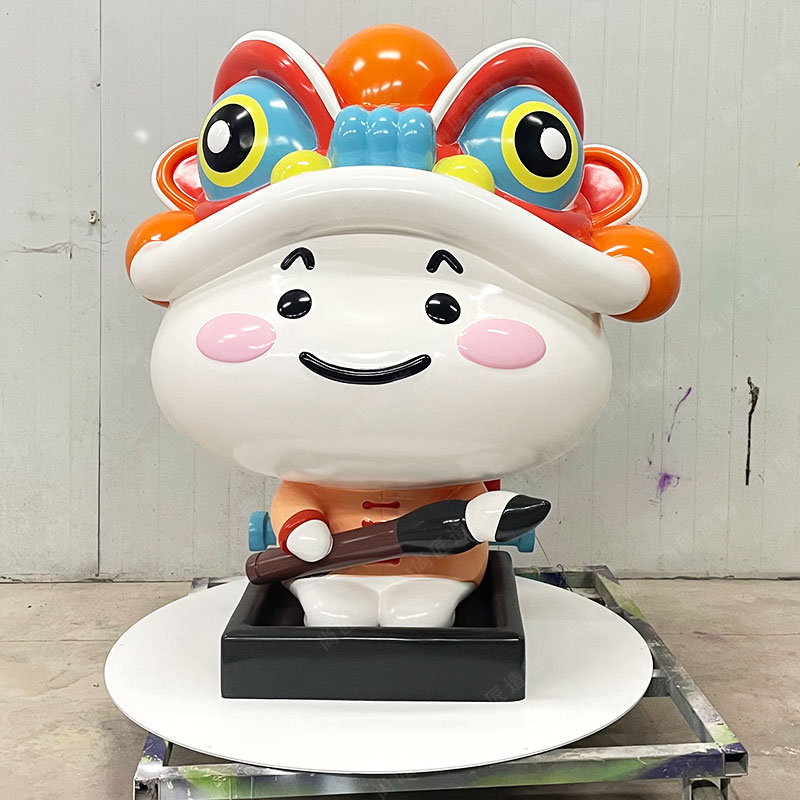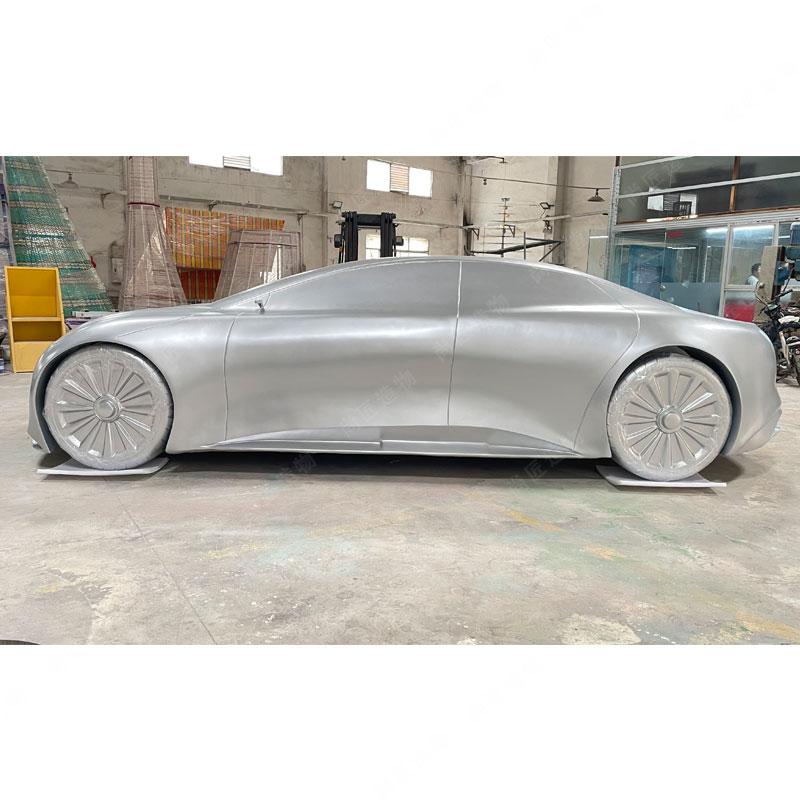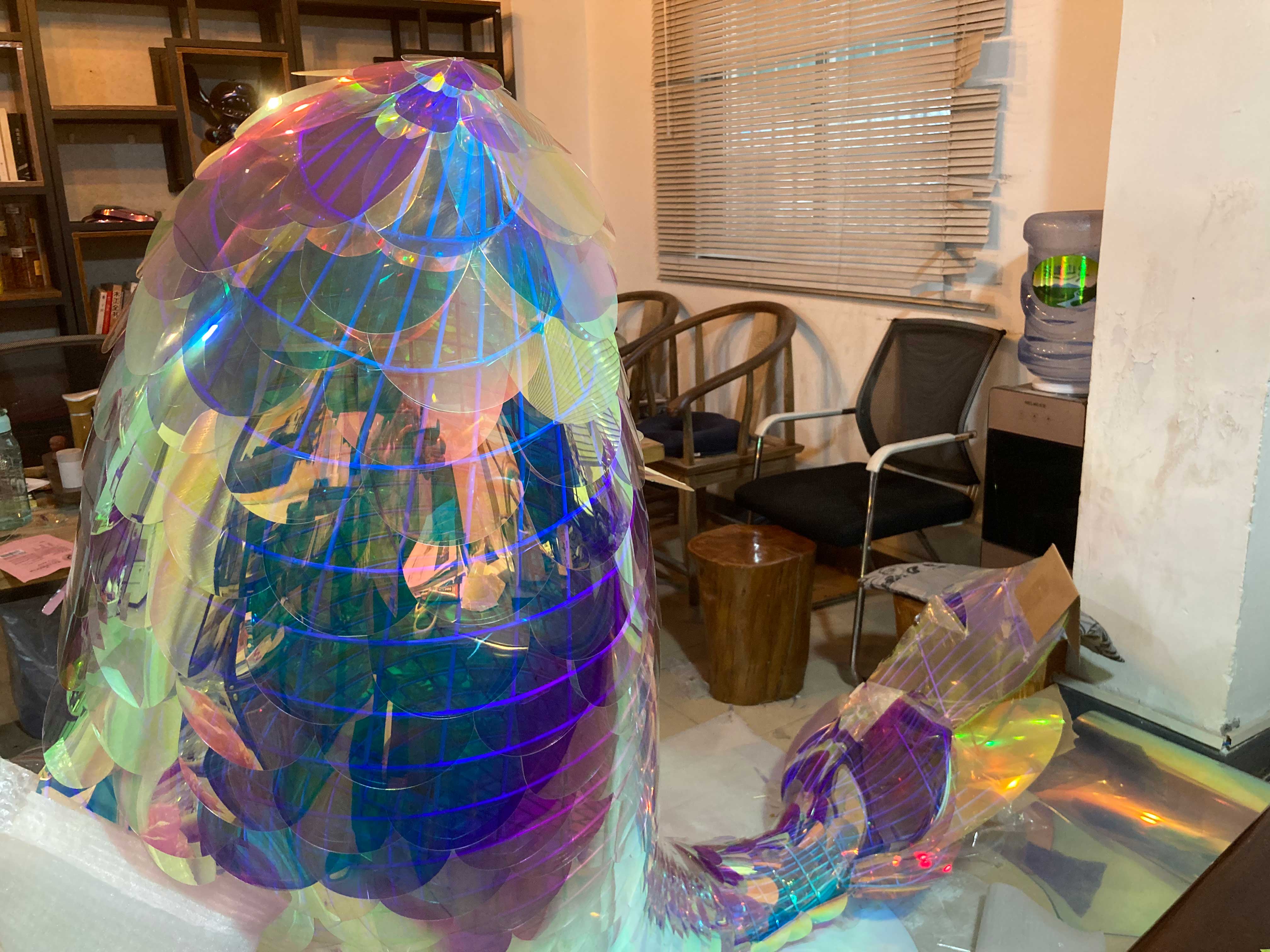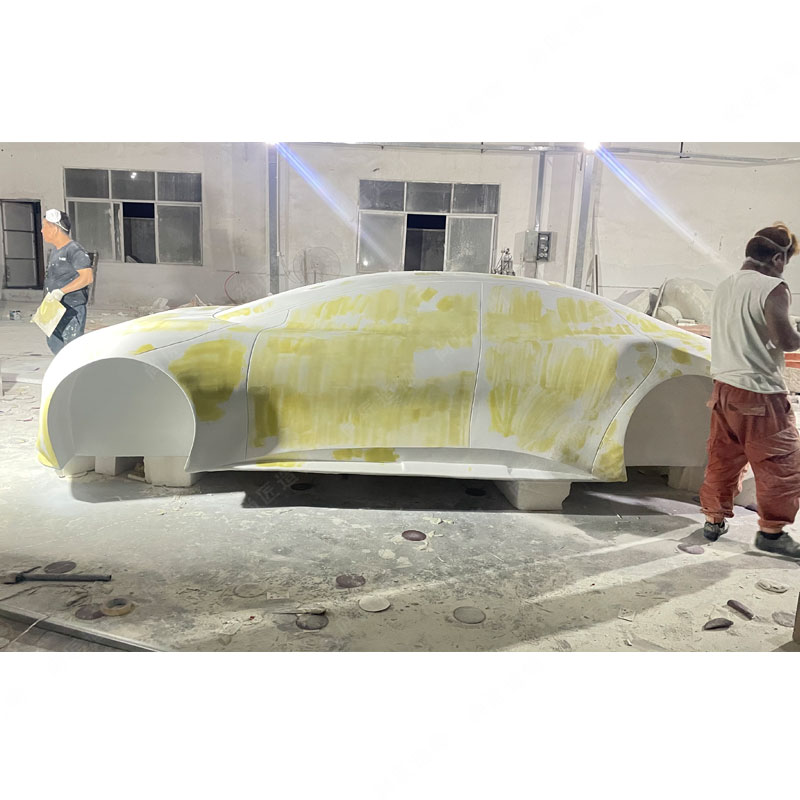Key Takeaways
Understanding the core principles of fiberglass core construction unlocks significant advantages for sculptors working with metal. This method replaces traditional, heavier materials like plaster with a fiberglass composite core, creating a fundamentally lighter internal structure. This inherent lightness makes large-scale pieces more manageable during fabrication, transport, and installation. Furthermore, fiberglass offers a compelling cost advantage compared to sculpting entirely in metal, particularly for complex forms requiring significant material volume. Its durability surpasses that of plaster, resisting chipping and environmental degradation far better. The material's versatility allows for the precise realization of intricate designs and complex geometries that might be prohibitively difficult or expensive using solid metal alone. Achieving a professional, seamless metal finish requires meticulous surface preparation of the fiberglass substrate before metal application. Crucially, working with fiberglass resins demands strict adherence to studio safety and ventilation protocols to protect health.
"Mastering the fiberglass core isn't just about technique; it's about fundamentally expanding the structural and creative possibilities within metal sculpture while respecting material limitations and safety," notes a seasoned public art fabricator.
Material Comparison: Plaster vs. Fiberglass Core
| Feature | Plaster Core | Fiberglass Core |
|---|---|---|
| Weight | Very Heavy | Lightweight |
| Durability | Prone to Chipping/Cracking | High Impact Resistance |
| Complex Forms | Difficult/Time-Consuming | Excellent Suitability |
| Moisture Sensitivity | High (Degrades) | Low (Water Resistant) |
| Material Cost | Low | Moderate |
| Labor Intensity | High | Moderate (Skill-Dependent) |
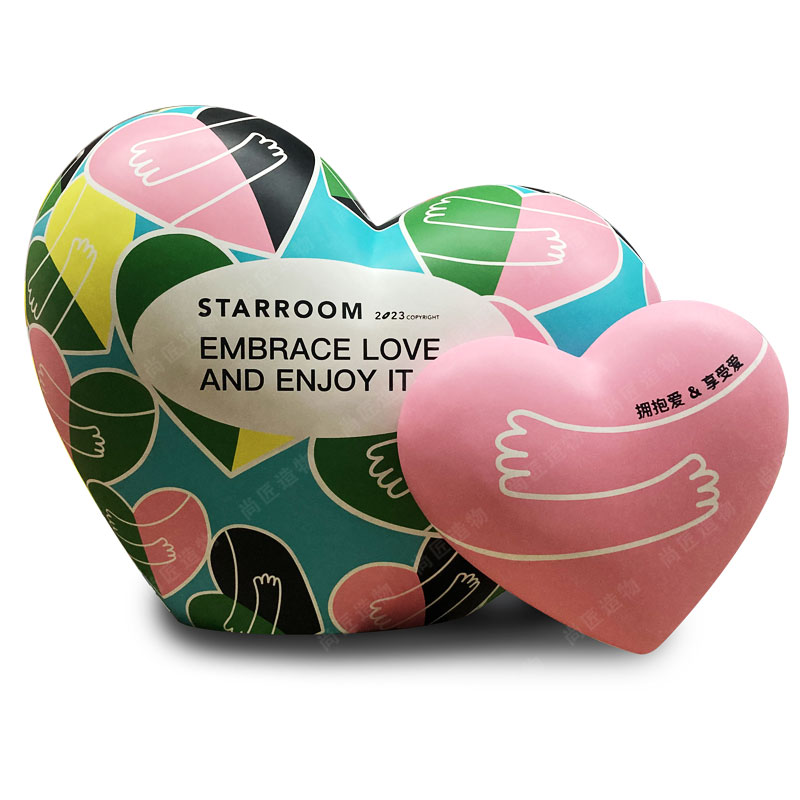
Essential Fiberglass Core Construction Methods
The process begins with meticulous mold preparation, ensuring a smooth, release-agent-treated surface for the final sculpture shape. Artists then apply laminating resin mixed with catalyst onto the mold surface. Fiberglass mats or cloth are carefully laid into the wet resin, layer by layer, using rollers or brushes to saturate the fibers completely and eliminate air bubbles that could compromise structural integrity. Each layer must cure sufficiently before adding the next, building the required thickness and strength for the intended design. Precise resin-to-catalyst ratios and thorough saturation are non-negotiable for achieving a durable, lightweight core. This foundational step creates a rigid base upon which intricate metal finishes or other materials can be applied, such as techniques used for stainless steel sculpture. Proper curing times and environmental controls, including adequate ventilation, are critical throughout this stage.
Lightweight Structural Advantages Explained
The inherent lightness of fiberglass cores fundamentally transforms the feasibility and execution of large-scale or complex metal art sculptures. Unlike solid metal, which becomes prohibitively heavy as size increases, fiberglass offers exceptional strength-to-weight characteristics. This drastically reduced mass simplifies critical studio operations like maneuvering large pieces during fabrication, significantly eases the logistics and costs associated with transportation to galleries or installation sites, and broadens the possibilities for mounting sculptures on walls or structures with limited load-bearing capacity. Furthermore, the ease of handling allows artists greater freedom to manipulate and refine complex forms during the creation process without the physical strain associated with heavy metal substrates. This structural efficiency is particularly valuable when creating large-scale public art or intricate pieces intended for indoor display where weight restrictions often apply. For projects demanding recognizable forms, such as creating a detailed IP character sculpture, fiberglass enables the realization of substantial, detailed figures that would be impractical in solid metal. The reduced weight directly contributes to lower overall project costs and expands creative potential.
Cost-Effective Material Application Strategies
Implementing fiberglass cores effectively translates into significant cost savings throughout the sculpting process. The material itself offers a favorable price point compared to solid metals, but the real economy stems from strategic usage. Precise mold design and layup techniques minimize resin and fiberglass waste, ensuring maximum yield from each batch. Unlike traditional plaster, fiberglass molds boast exceptional reusability, allowing for the production of multiple identical forms – such as intricate elements for a large-scale Cartoon sculptureinstallation – from a single master mold, drastically reducing per-unit costs. Furthermore, the lightweight nature of the core substantially cuts expenses related to structural support, internal armatures, and transportation logistics for large or complex pieces. Careful planning of the laminating schedule ensures sufficient strength is achieved without unnecessary over-application of materials, optimizing both material spend and labor time. This focused approach directly contributes to maintaining project budgets while enabling ambitious designs.
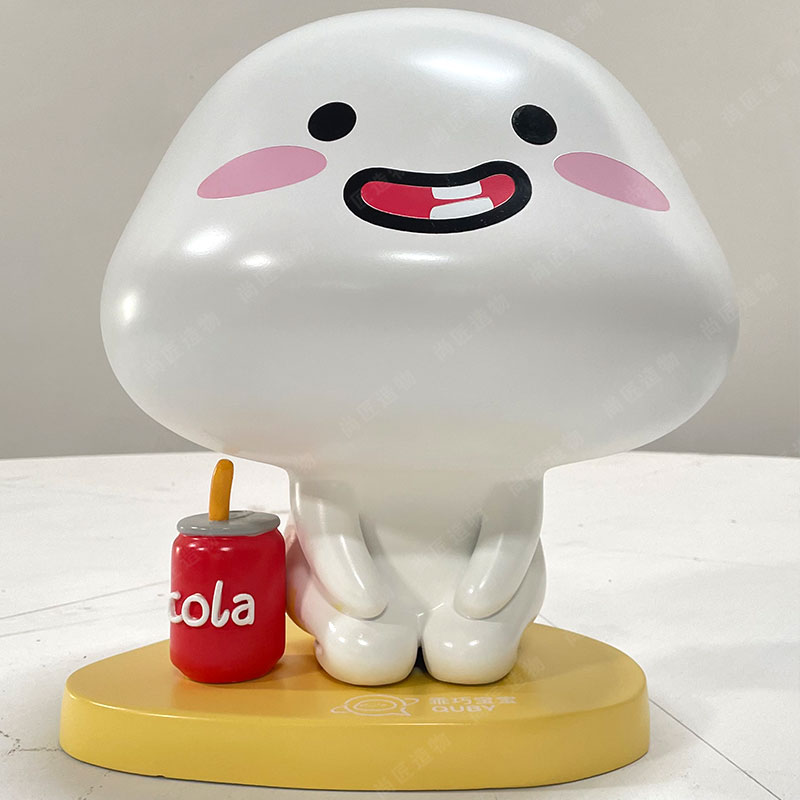
Durability Enhancement Over Traditional Plaster
Fiberglass cores offer a significant leap in longevity compared to traditional plaster methods, fundamentally changing the lifespan expectations for sculptural armatures. Plaster, while accessible and workable, is inherently brittle and highly susceptible to environmental factors. It readily absorbs moisture, leading to internal weakening, cracking, and eventual disintegration, especially when exposed to freeze-thaw cycles outdoors. Fiberglass composites, however, are engineered for resilience. The resin matrix binds the glass fibers into a solid, non-porous structure that is highly resistant to water absorption, temperature fluctuations, and UV degradation. This inherent weather resistance ensures sculptures maintain their structural integrity for years, even in demanding exterior installations. Furthermore, fiberglass possesses superior impact resistance; it flexes under stress rather than shattering like plaster. This toughness is crucial for larger pieces or intricate works, including dynamic forms like Kinetic sculpture, where movement demands robust internal support. The result is a core that supports the metal overlay reliably over extended periods, minimizing costly repairs or replacements associated with deteriorating plaster armatures.
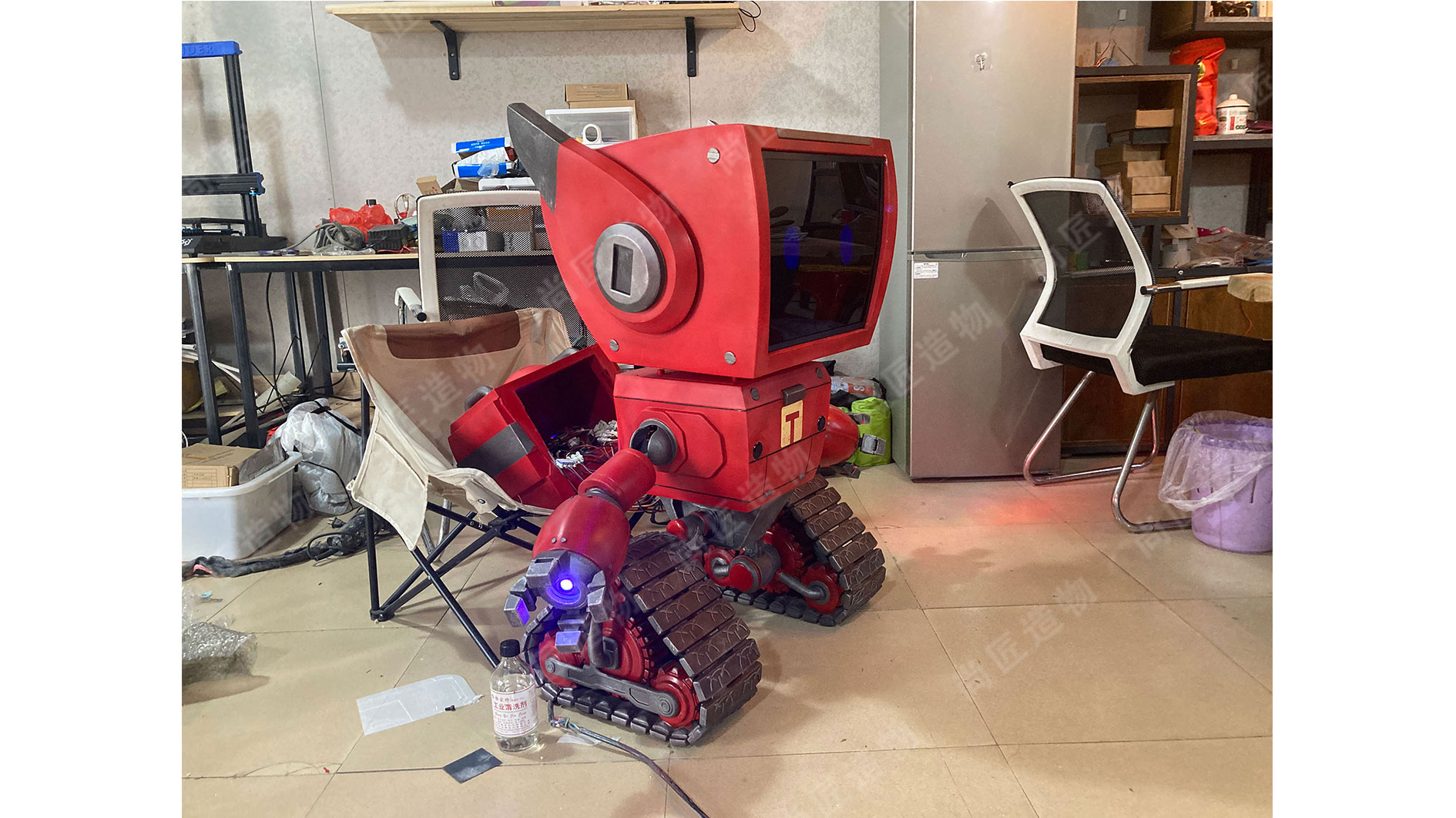
Complex Form Fabrication Techniques
Achieving intricate, organic, or geometrically challenging shapes is significantly streamlined using fiberglass cores compared to direct metal forming or traditional plaster methods. The inherent flexibility of the fiberglass mat and resin system allows it to conform precisely to complex molds, capturing fine details, deep undercuts, and compound curves that would be prohibitively difficult or expensive to achieve solely in metal. This capability is fundamental for sculptors aiming to realize ambitious, contemporary designs. The process typically involves building up layers of fiberglass cloth saturated with catalyzed resin over a precisely sculpted positive model or within a multi-part negative mold. Once cured, this creates a rigid, lightweight shell perfectly replicating the original form. This shell then serves as the robust internal structure onto which the final metal surface – whether sheet metal, cast elements, or patinated finishes – is meticulously applied and secured. This layered approach allows for the separation of complex structural fabrication from the demanding surface finishing stage, enhancing control and reducing material waste. For artists exploring complex Fiberglass sculpture, mastering these mold-making and layup techniques unlocks vast creative potential. This methodical approach ensures structural integrity while facilitating the translation of intricate concepts into durable, finished artworks.
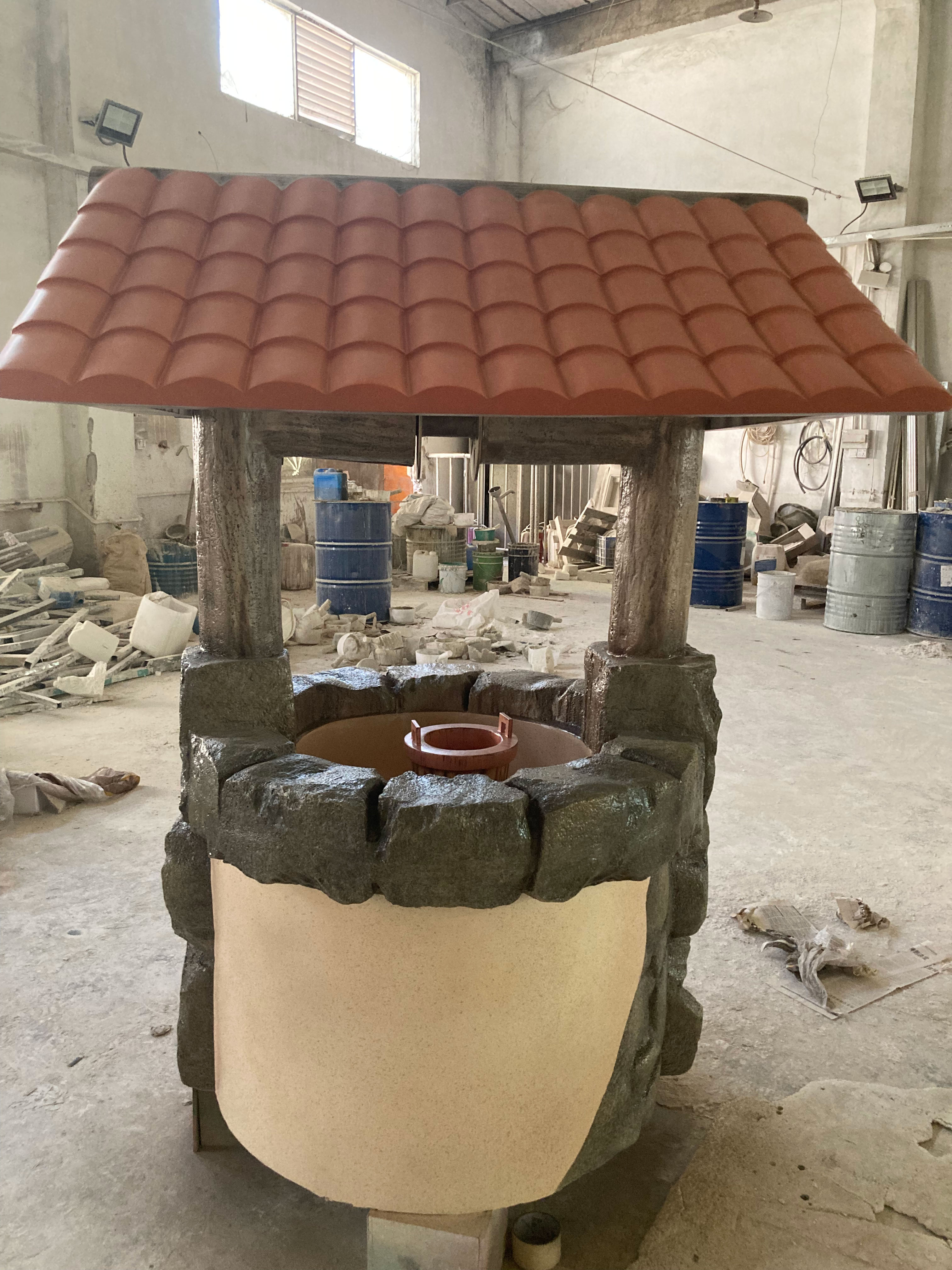
Professional Surface Preparation Workflow
Following complex form fabrication, meticulous surface preparation is paramount for achieving flawless finishes on fiberglass core sculptures. This systematic process begins with thorough degreasing using specialized solvents to remove any mold release agents, oils, or contaminants that could compromise adhesion. Next, a multi-stage sanding sequence is employed. Starting with coarse grit (https://en.artmovr.com/), directly enabling the successful integration of subsequent metal finishes.
Metal Finish Integration Approaches
Following proper surface preparation, achieving convincing metallic appearances on fiberglass sculpture cores requires specific techniques. The most common method involves applying specialized metallic coatings or cold-cast metal powders mixed with resin directly onto the primed fiberglass surface. This process demands meticulous application to ensure even coverage and prevent streaking or pooling, which could ruin the metallic illusion. Artists often build up thin, controlled layers, allowing adequate curing time between each application. For effects like bronze or copper patina, chemical patina solutions can be carefully brushed or sprayed onto areas where natural aging would occur after the base metallic layer has fully cured. This approach allows sculptors to replicate the weighty, prestigious look of solid bronze or steel while maintaining the significant advantages of fiberglass—primarily its lightweight nature and resistance to environmental degradation. Careful attention to detail during this integration phase is crucial for achieving professional, gallery-quality results that meet client expectations for durability and aesthetic impact before moving on to final safety checks.
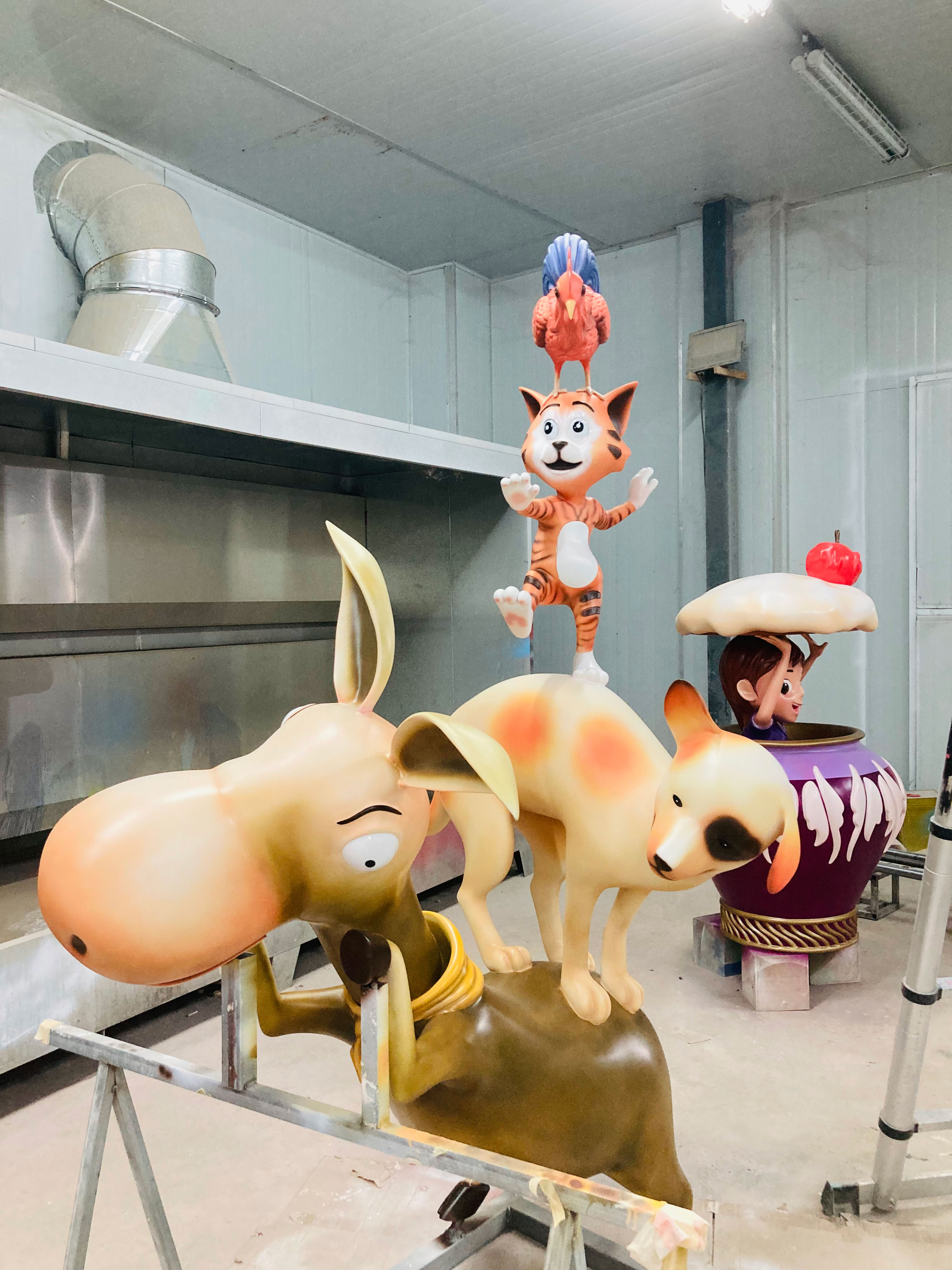
Studio Safety and Ventilation Protocols
Beyond metal finishing considerations, establishing rigorous safety protocols is non-negotiable when working with fiberglass cores for metal art. The materials involved, particularly resins and catalysts, release fumes that necessitate strict ventilation. A properly designed studio must incorporate robust exhaust systems, ideally positioned to capture fumes at the source, such as near mixing and application areas. Cross-ventilation using fans pushing fresh air into the space and powerful exhaust fans pulling contaminated air out is highly effective. Personal protective equipment (PPE) is equally critical. This includes NIOSH-approved respirators with organic vapor cartridges, nitrile gloves, chemical-resistant aprons, and safety goggles to prevent skin contact and inhalation of harmful particles or vapors. Regular cleaning minimizes dust accumulation, and safe disposal practices for resin-contaminated materials like brushes and mixing cups are essential. Adhering to these ventilation and safety measures protects the artist's health, ensuring a productive and sustainable work environment for creating complex sculptures.
Conclusion
Ultimately, integrating fiberglass core techniques fundamentally transforms the creation of modern metal art sculptures. This approach effectively resolves the persistent challenges sculptors face with heavier, more fragile, and costlier traditional materials. By mastering these methods, artists consistently achieve significant advantages: durable structures capable of withstanding environmental stresses, remarkably lightweight forms that simplify handling and installation, and the freedom to realize highly intricate designs that might otherwise be impractical or prohibitively expensive. Furthermore, the strategic application of fiberglass as a core material streamlines the entire fabrication workflow, leading to better cost control and a cleaner, more manageable studio environment. Adopting these core construction, surface preparation, and finishing protocols empowers professional sculptors to push creative boundaries while ensuring both artistic integrity and structural longevity in their metal artworks.
Frequently Asked Questions
How does fiberglass core compare to traditional plaster molds for metal sculptures?
Fiberglass offers superior durability and dimensional stability compared to plaster. It withstands the stresses of metal casting processes better and can be reused for multiple castings, reducing long-term material costs.
Does a fiberglass core compromise the structural integrity of large metal sculptures?
No. When properly constructed using layered laminates and appropriate resins, fiberglass cores provide exceptional strength-to-weight ratios. This allows for larger, more ambitious designs without the excessive weight of solid metal, while maintaining structural soundness.
Is the fiberglass core process significantly more expensive than other methods?
While initial resin and glass mat costs exist, fiberglass cores are highly cost-effective overall. Their reusability eliminates the need for repeated mold making, and the lightweight nature reduces foundry handling and metal material expenses, especially for complex or large-scale works.
What are the critical safety precautions when working with fiberglass resins?
Adequate ventilation is non-negotiable. Always use NIOSH-approved respirators with organic vapor cartridges, chemical-resistant nitrile gloves, and eye protection. Work in a well-ventilated spray booth or outdoors, and follow all manufacturer SDS guidelines for the specific resin system used.
 ch
ch English
English

